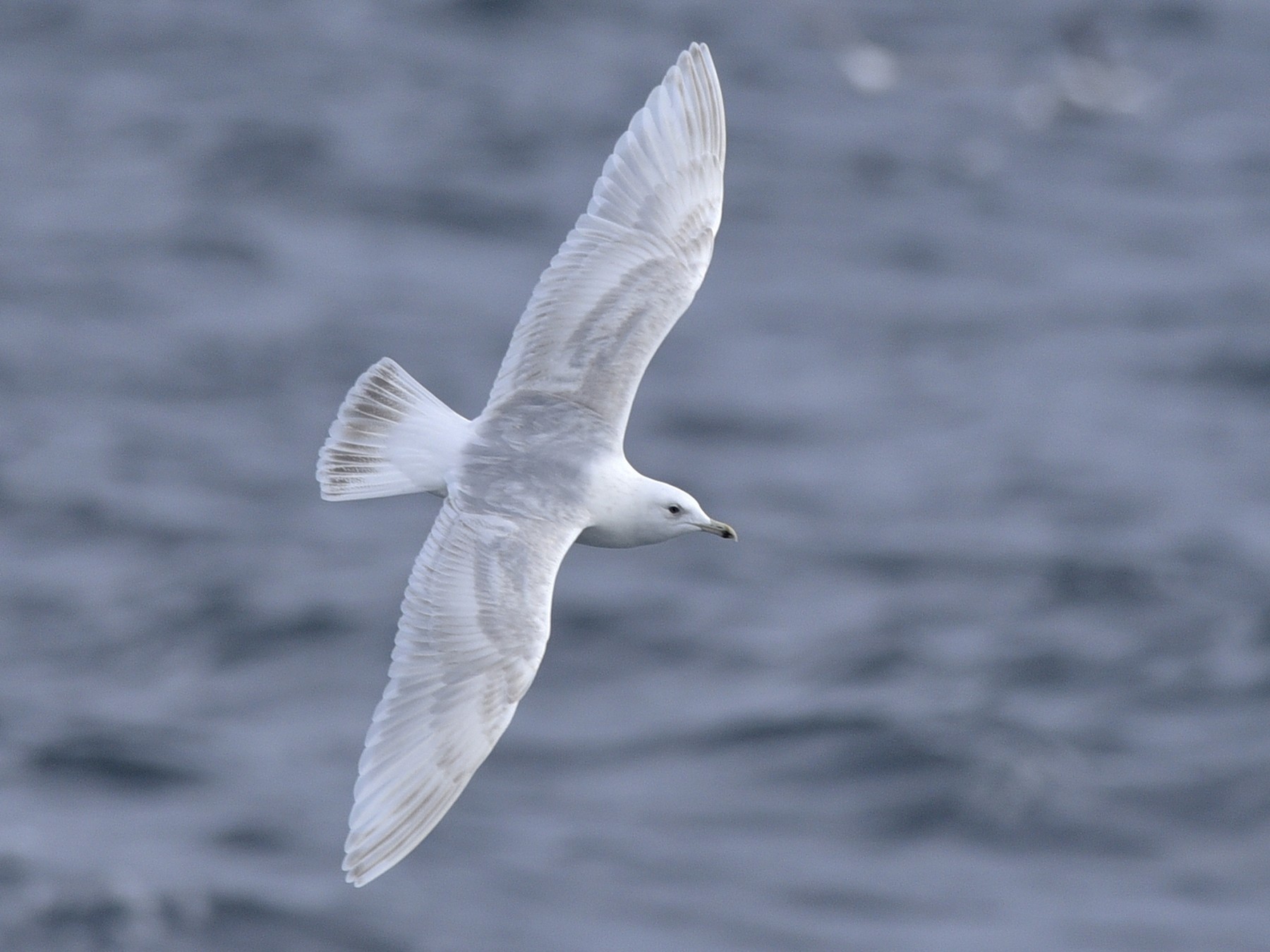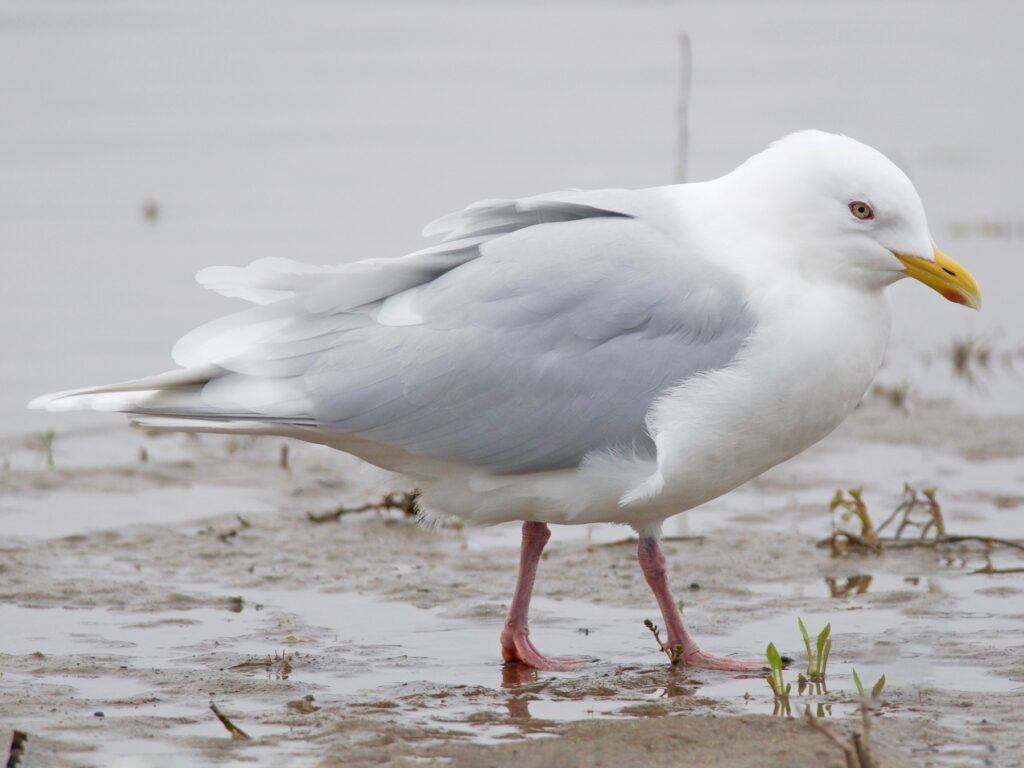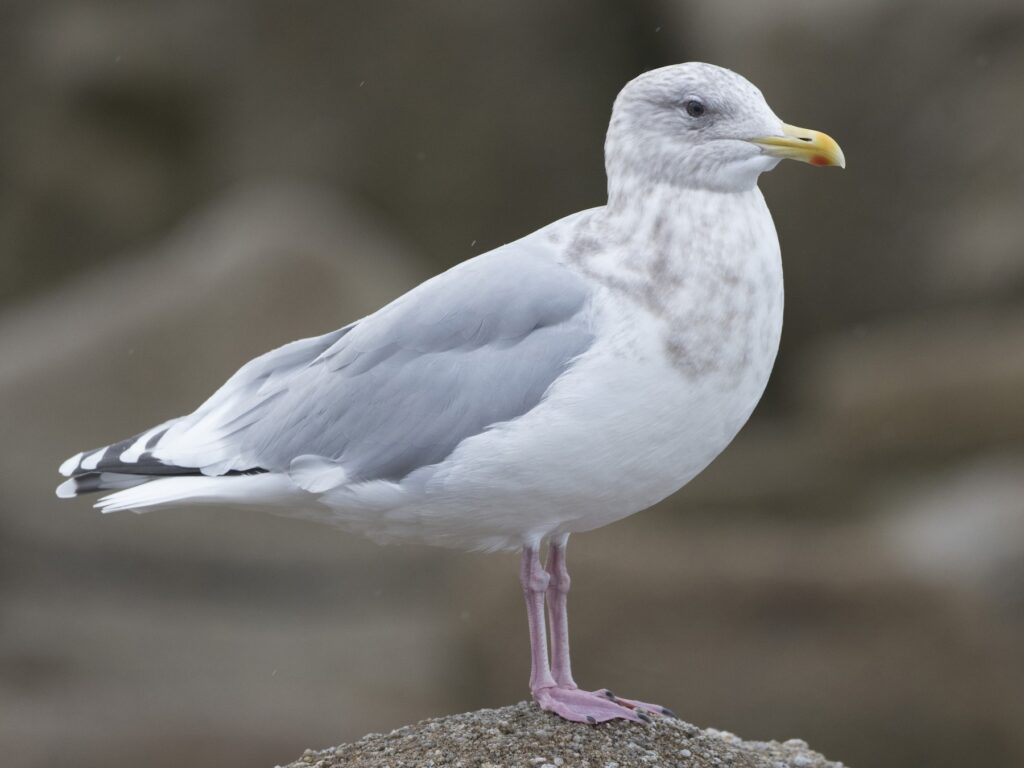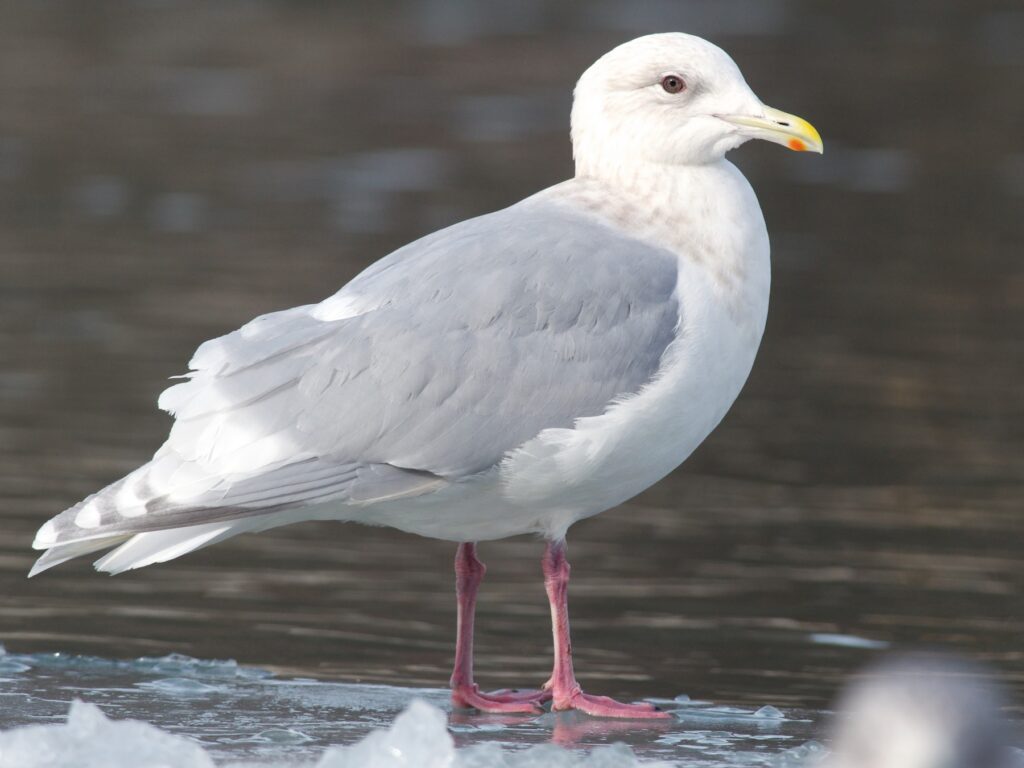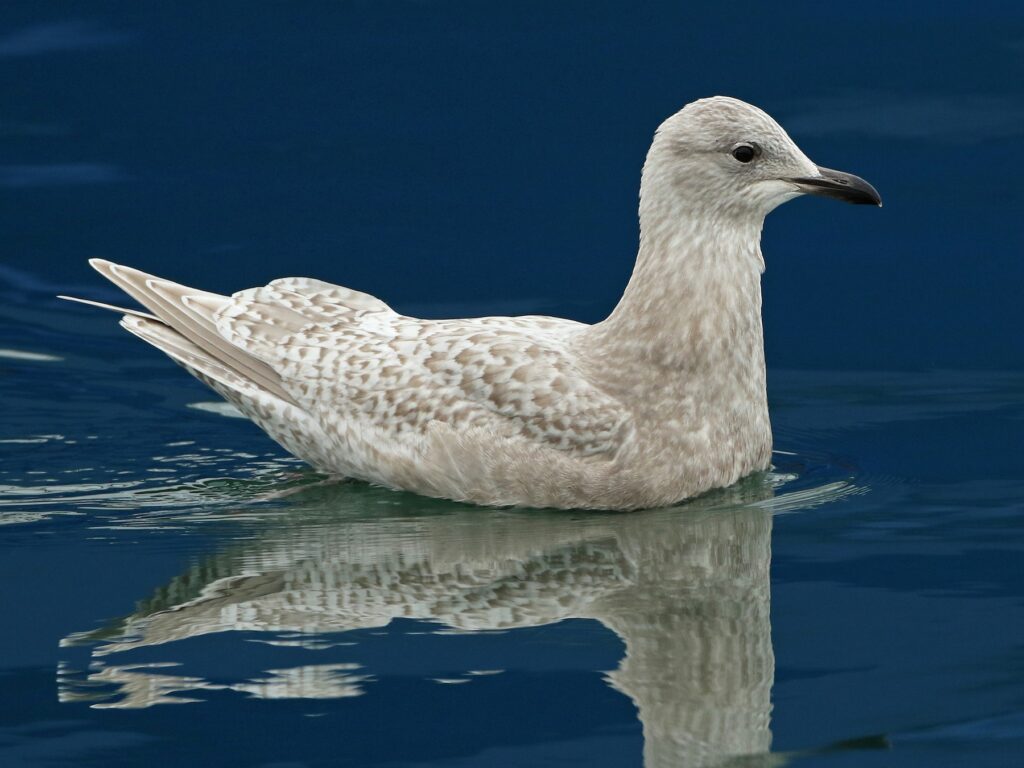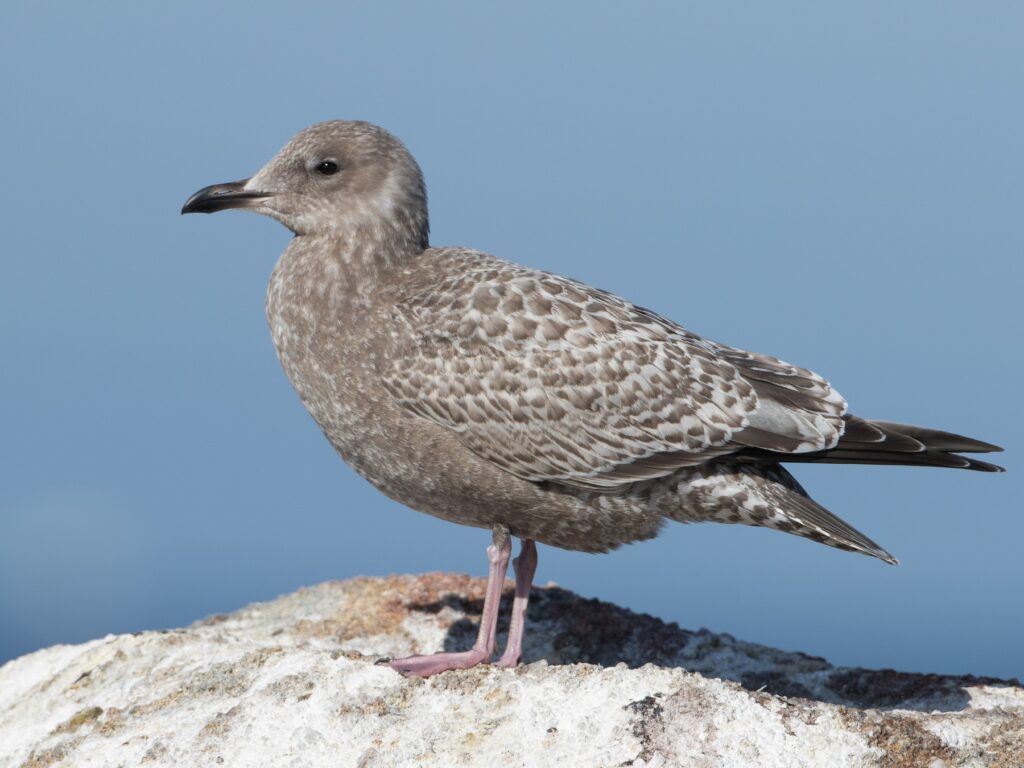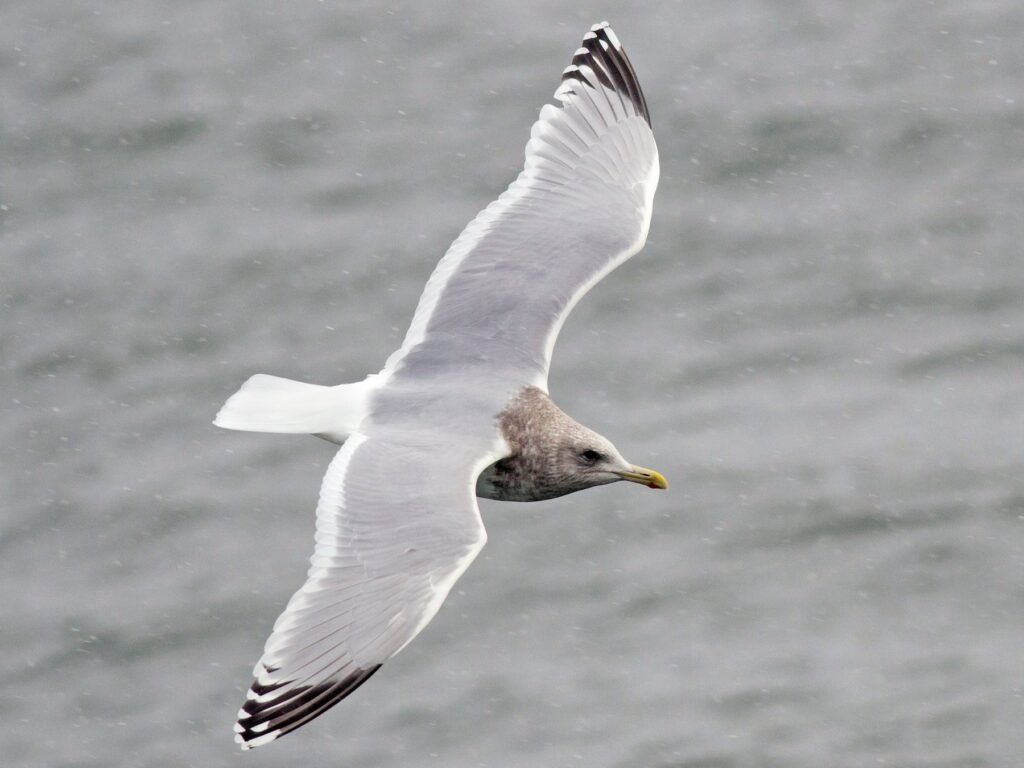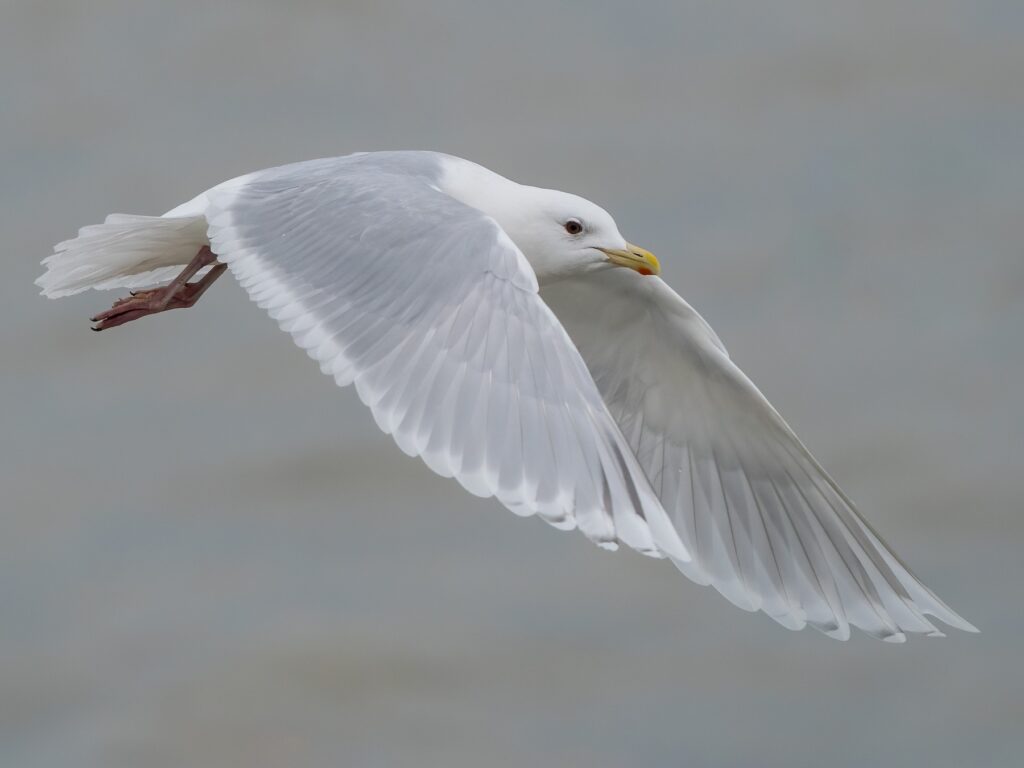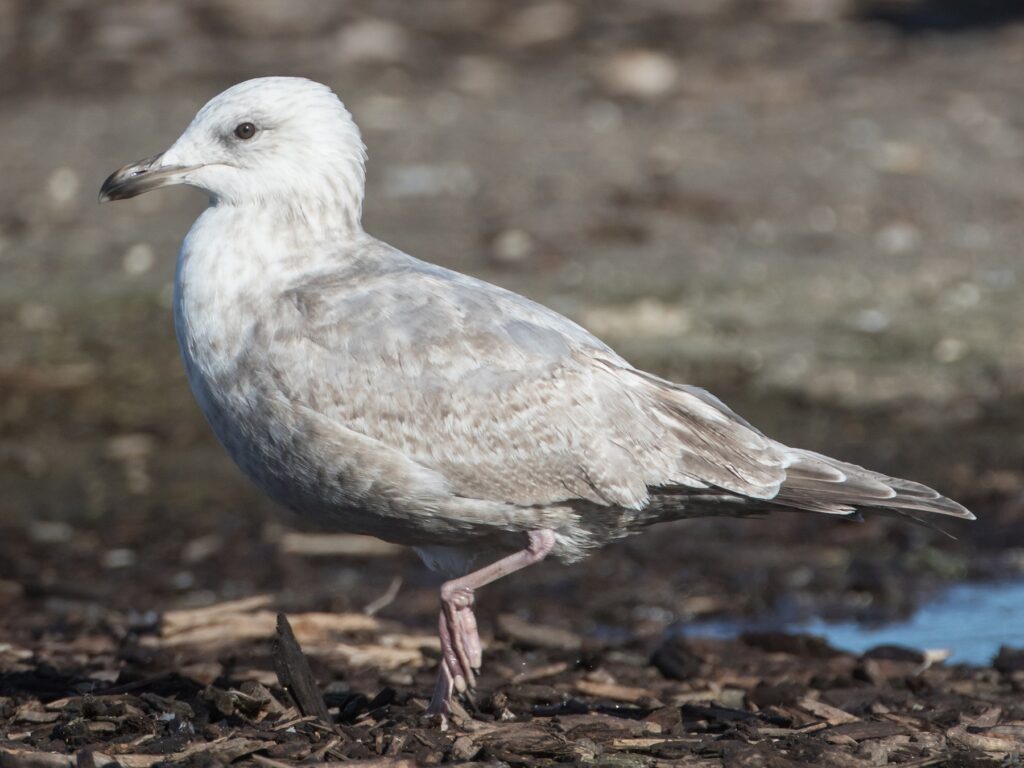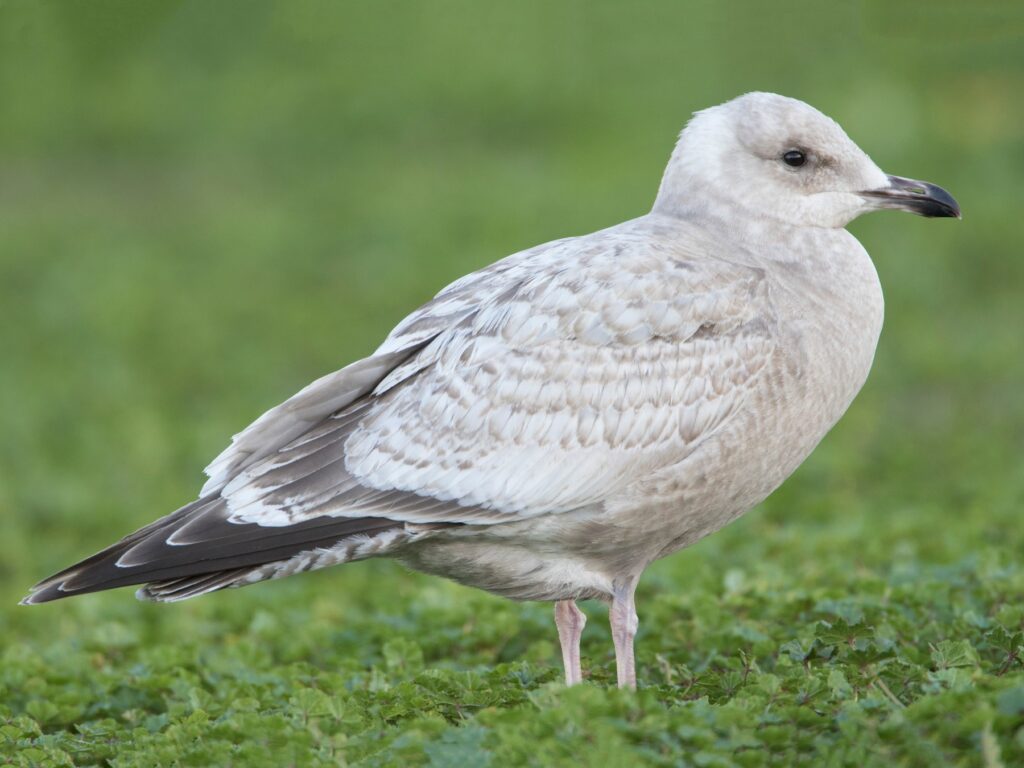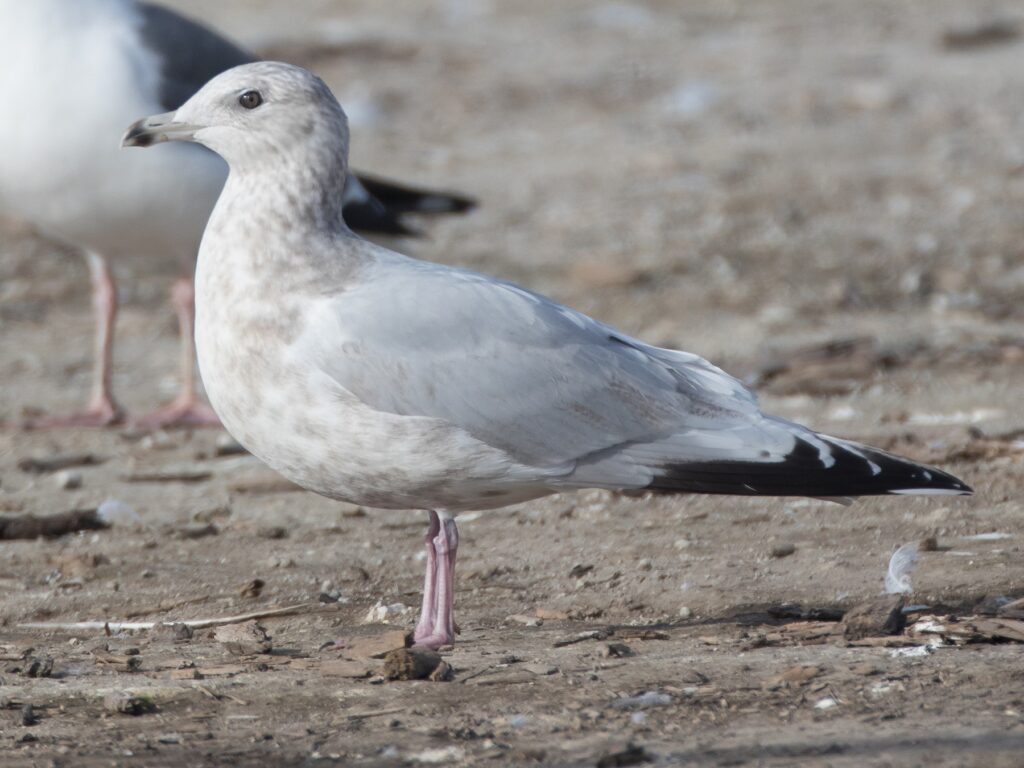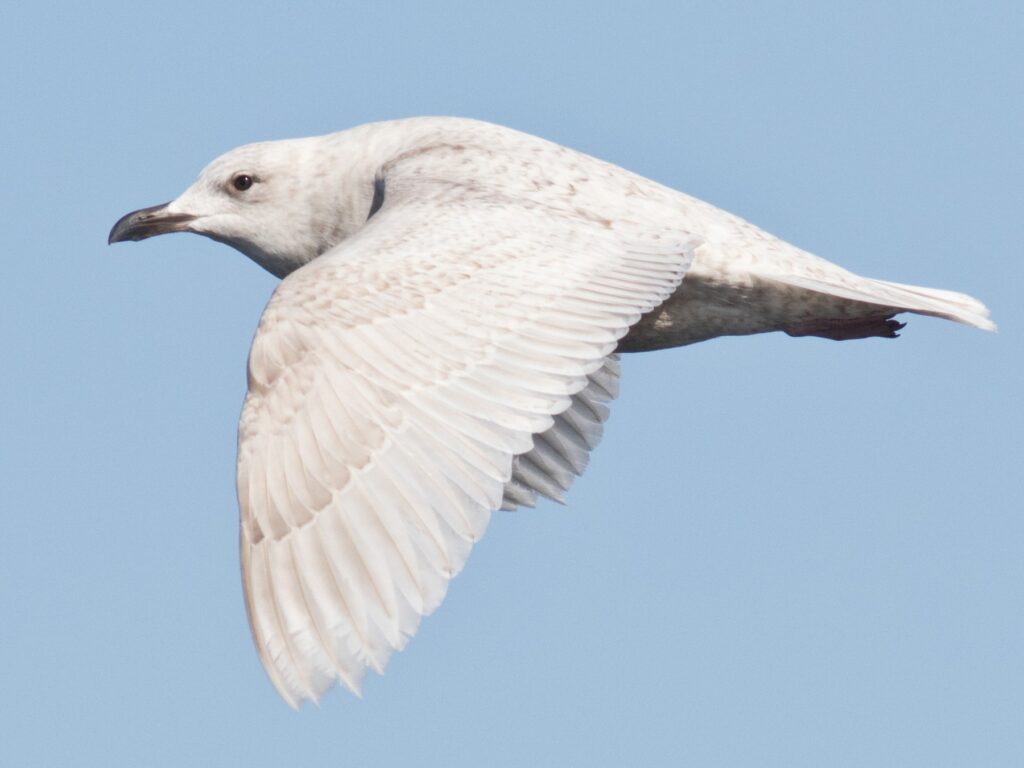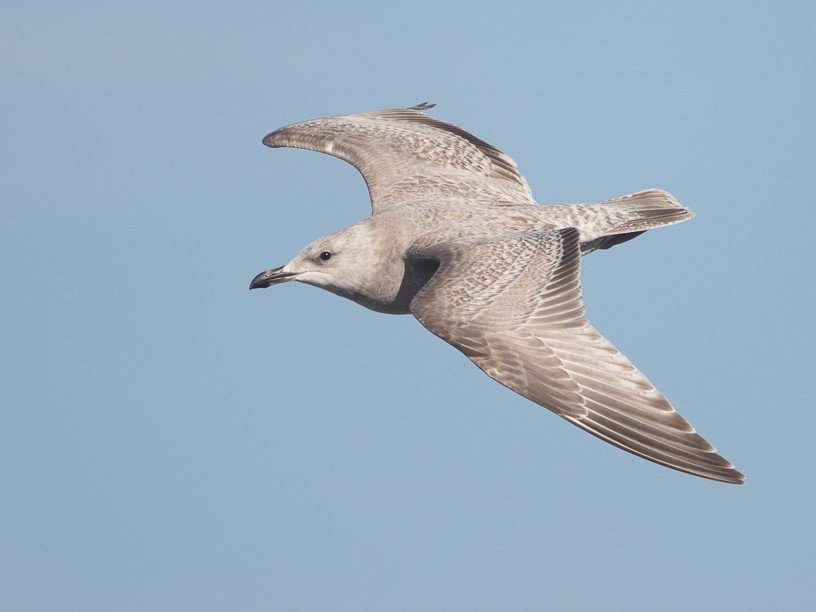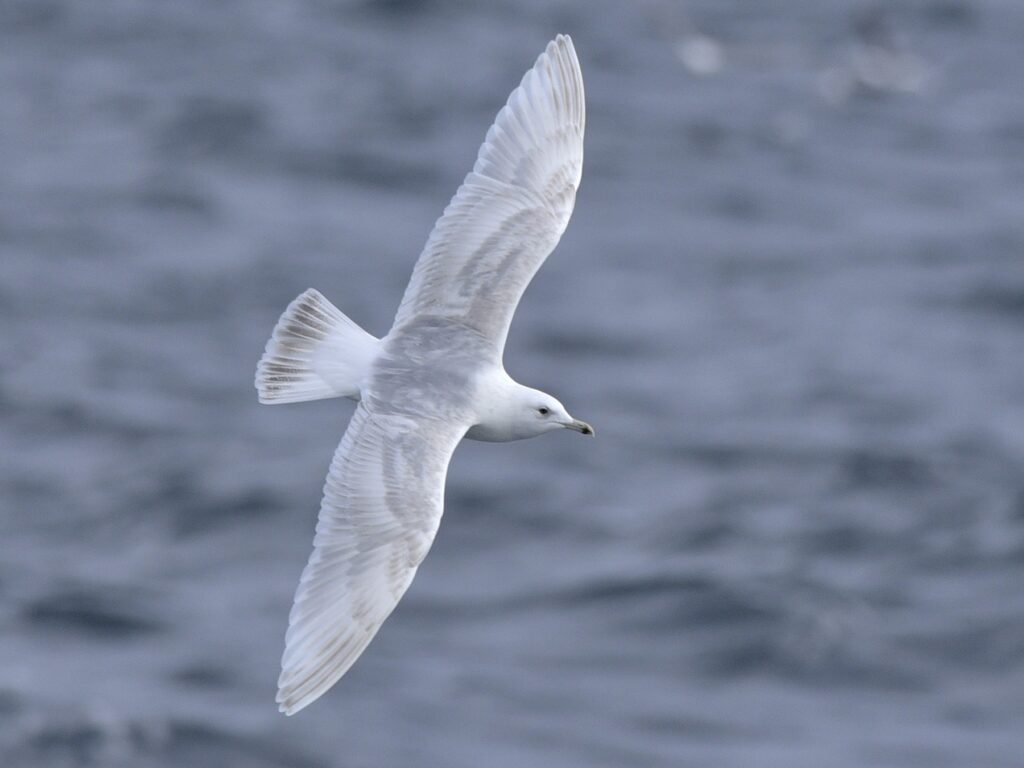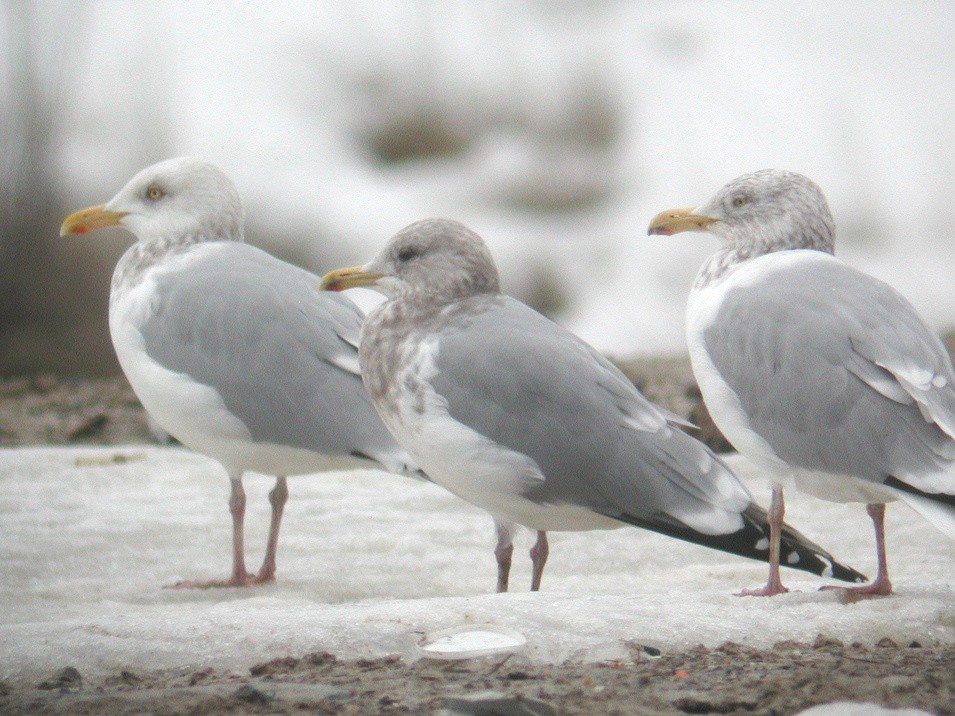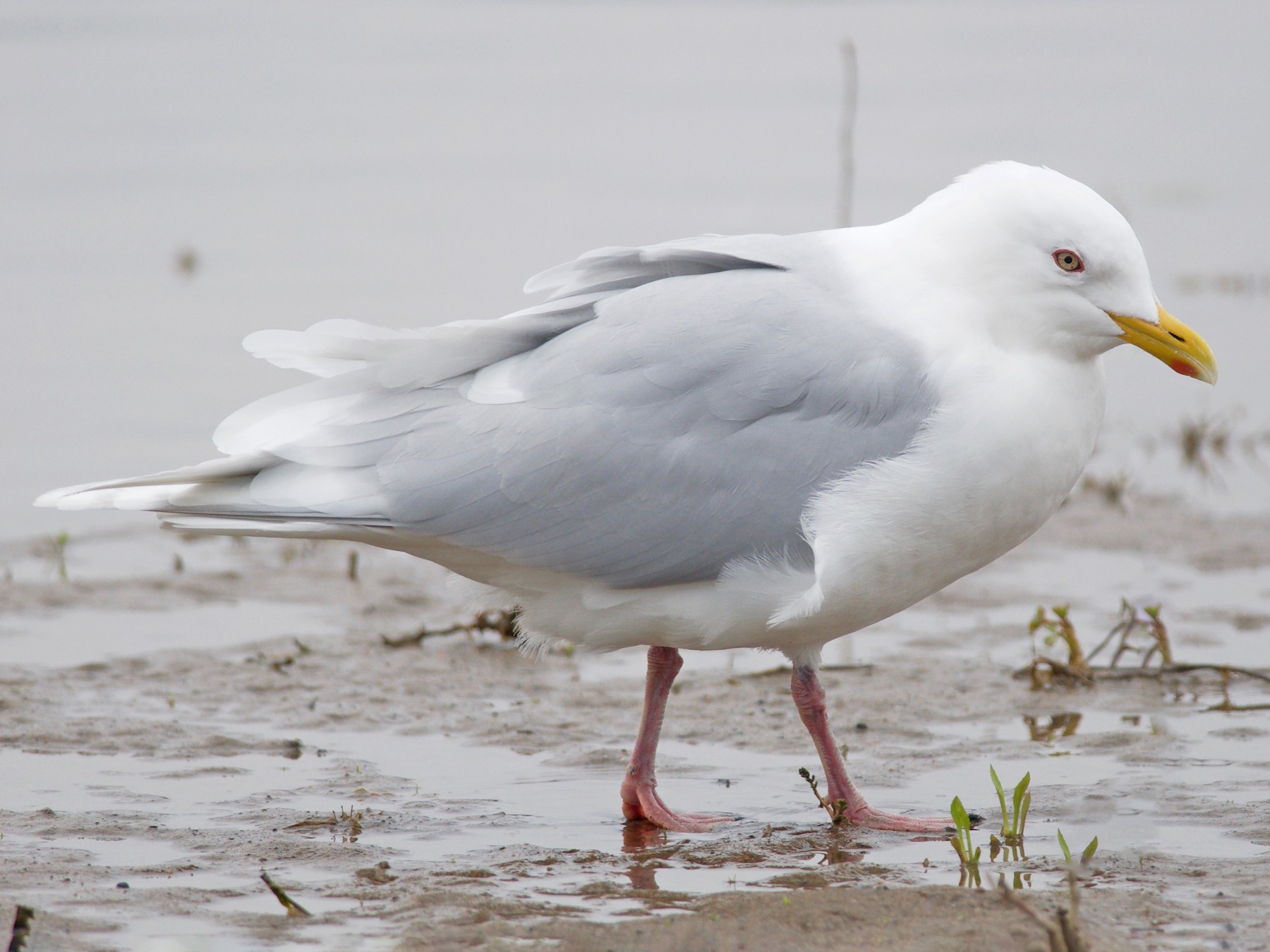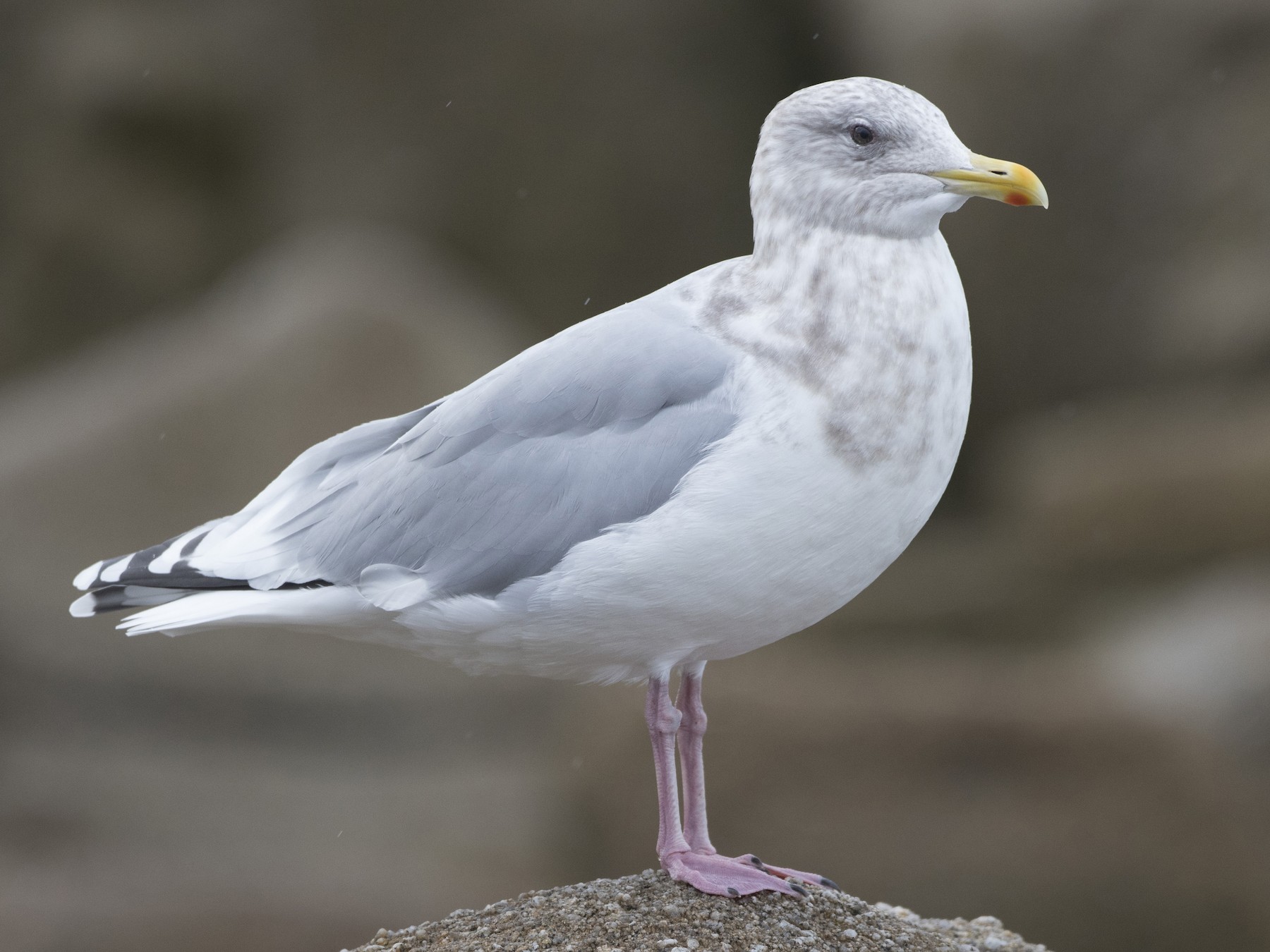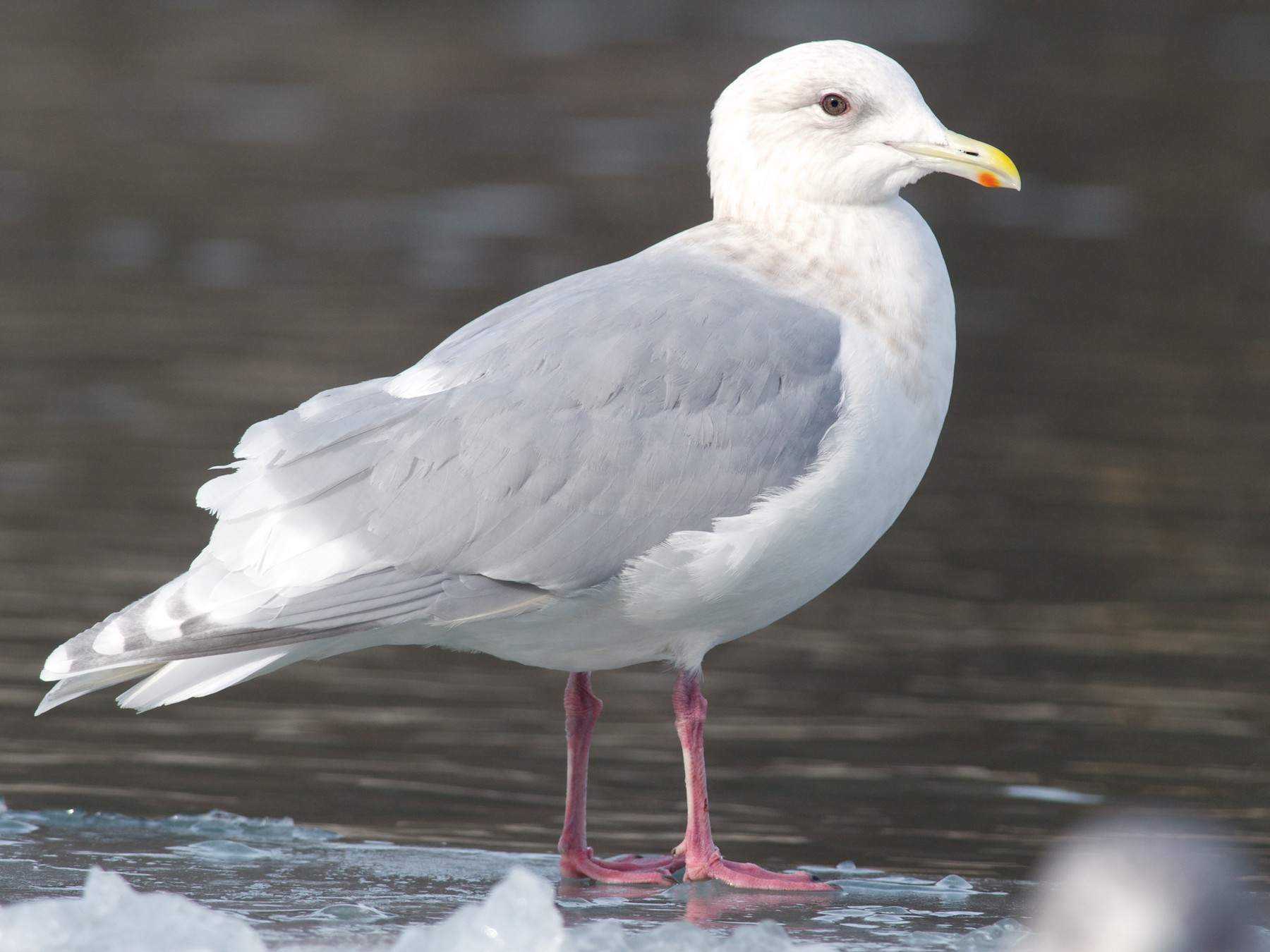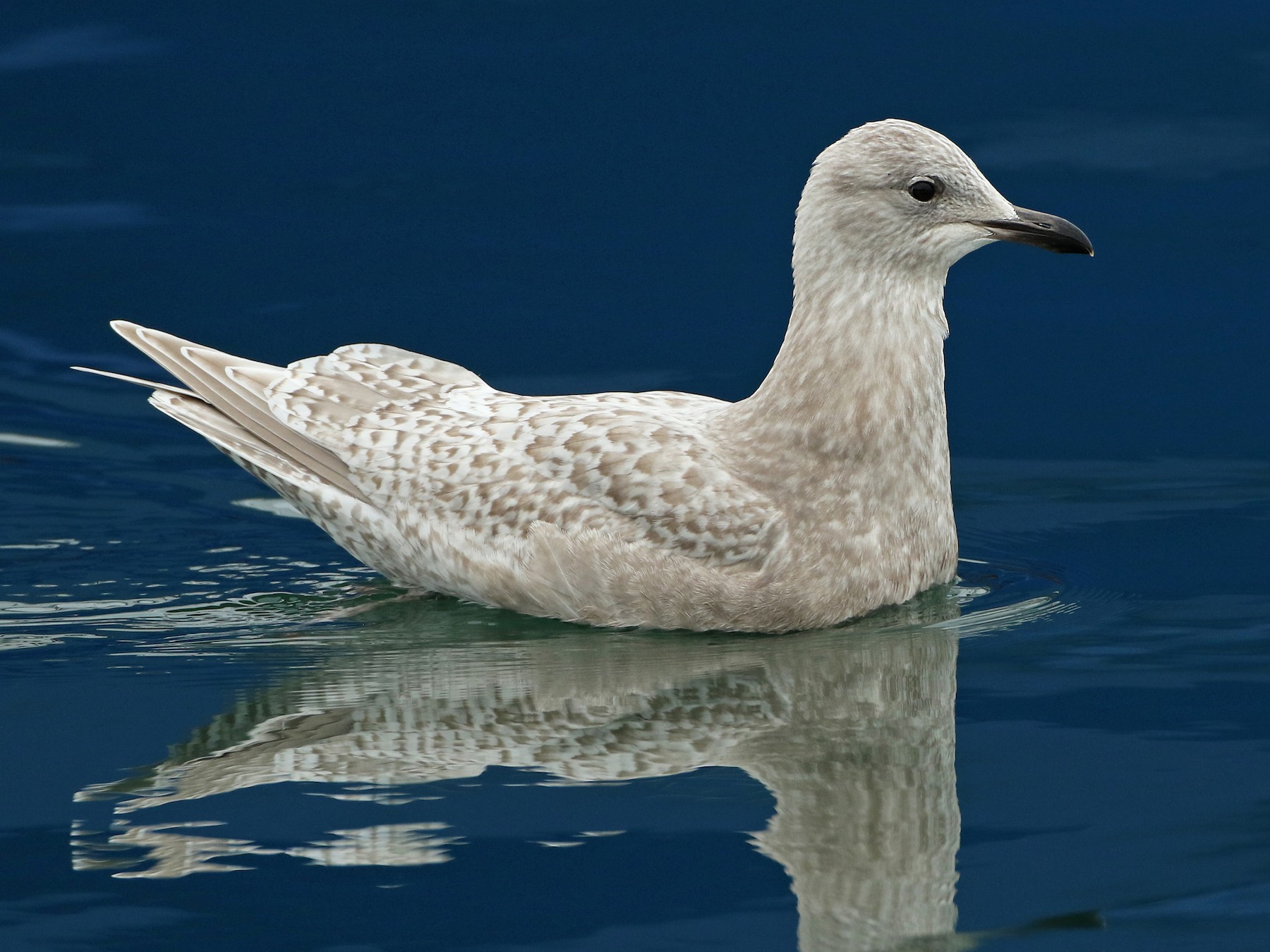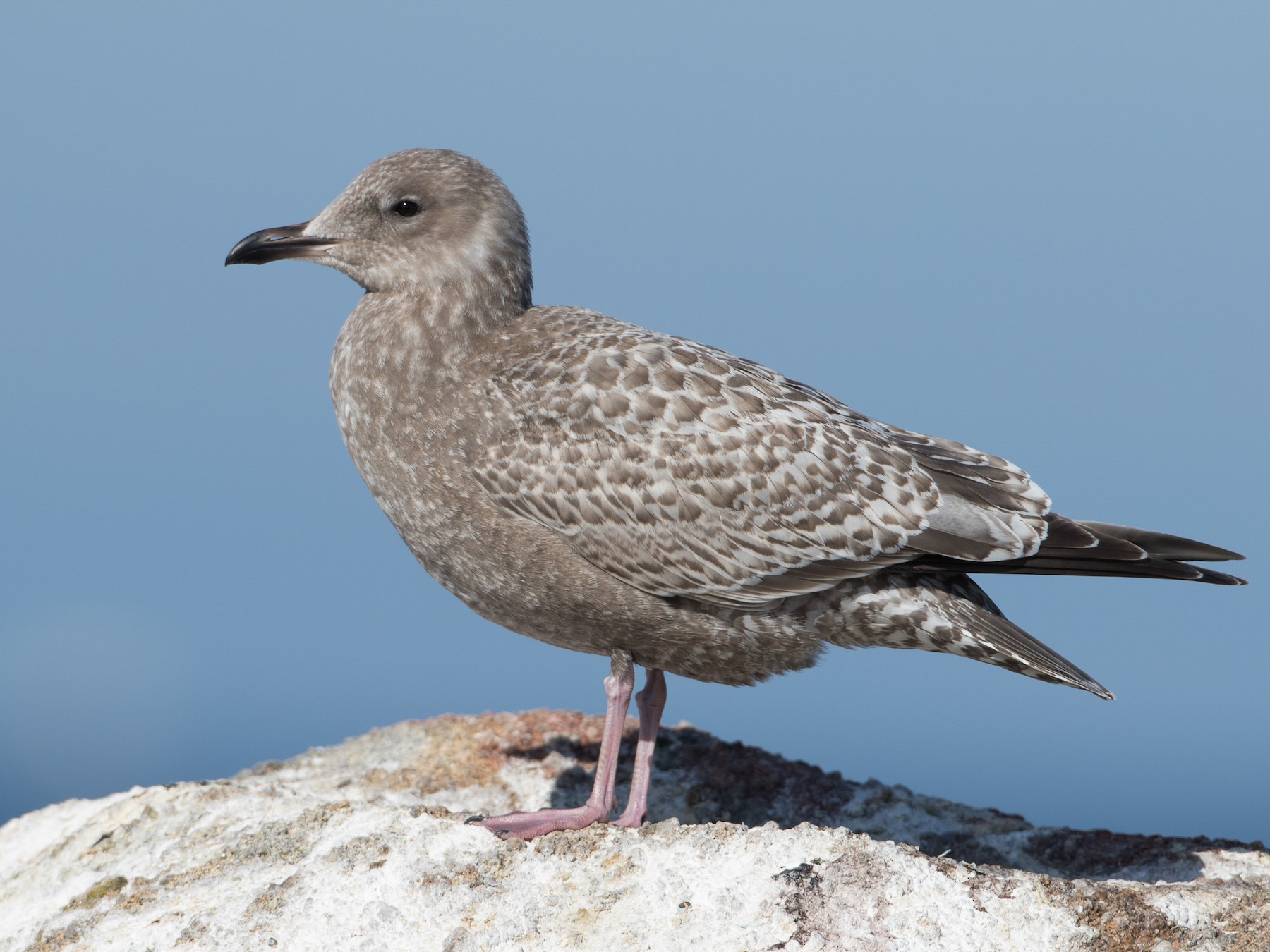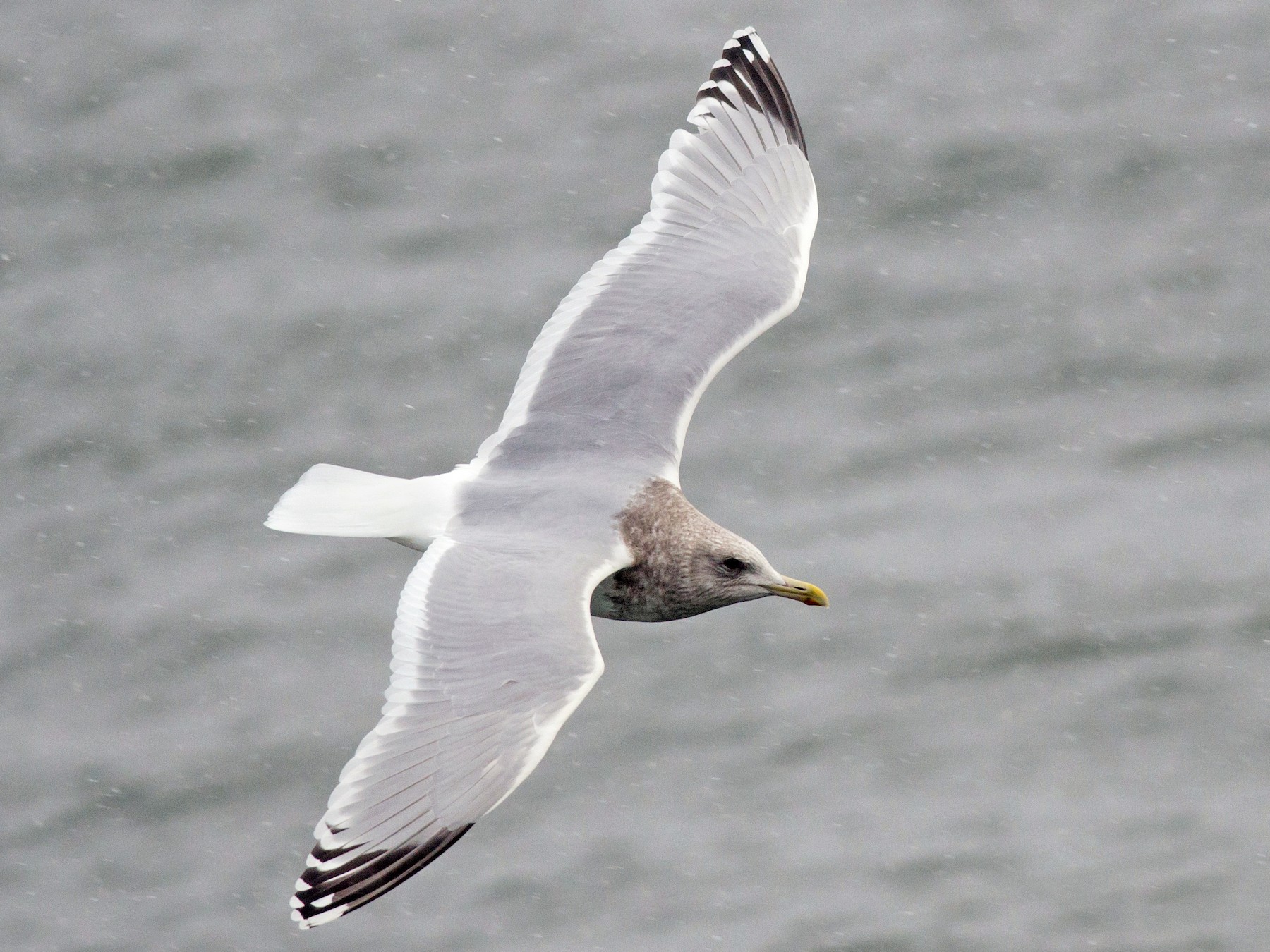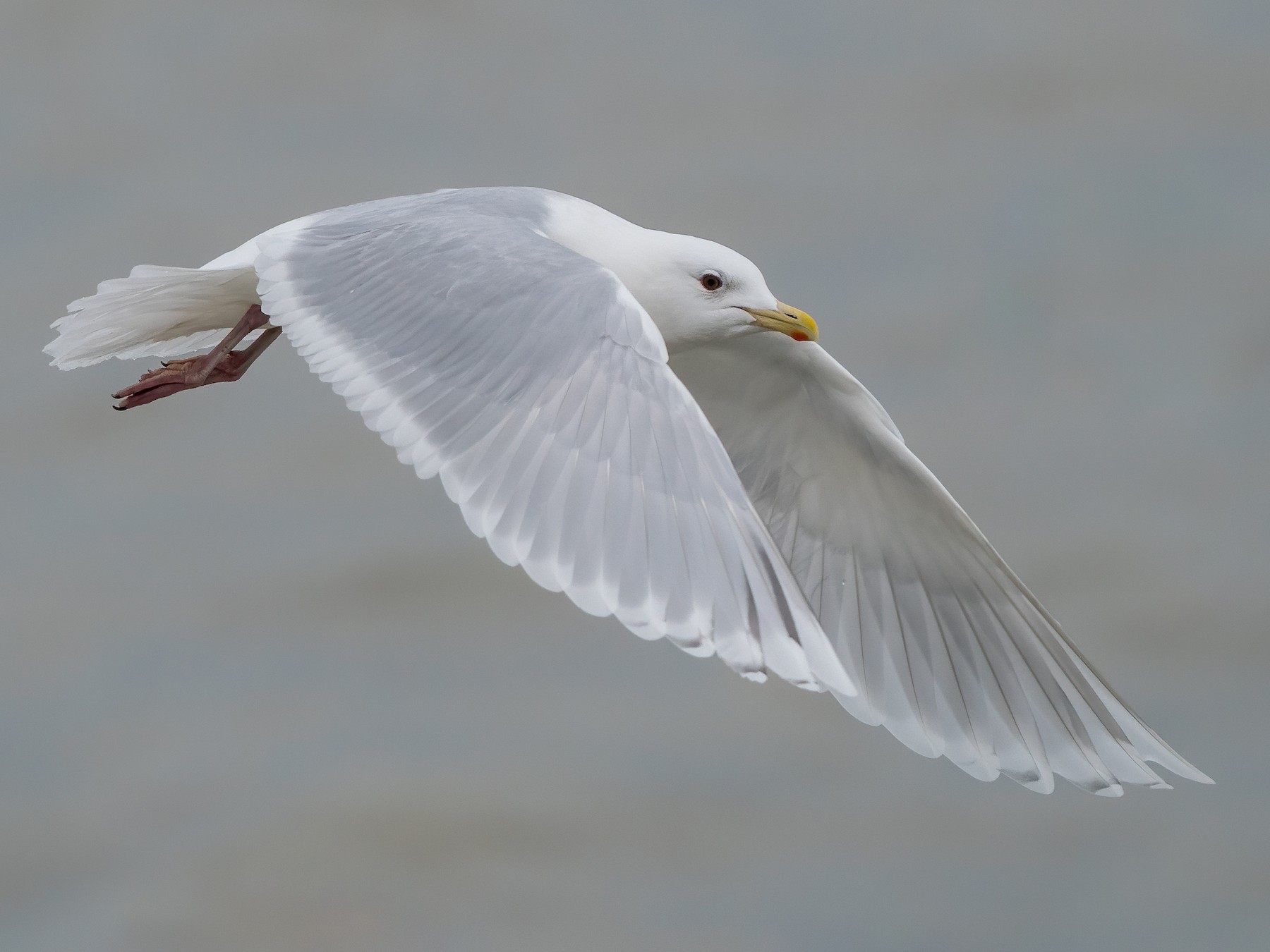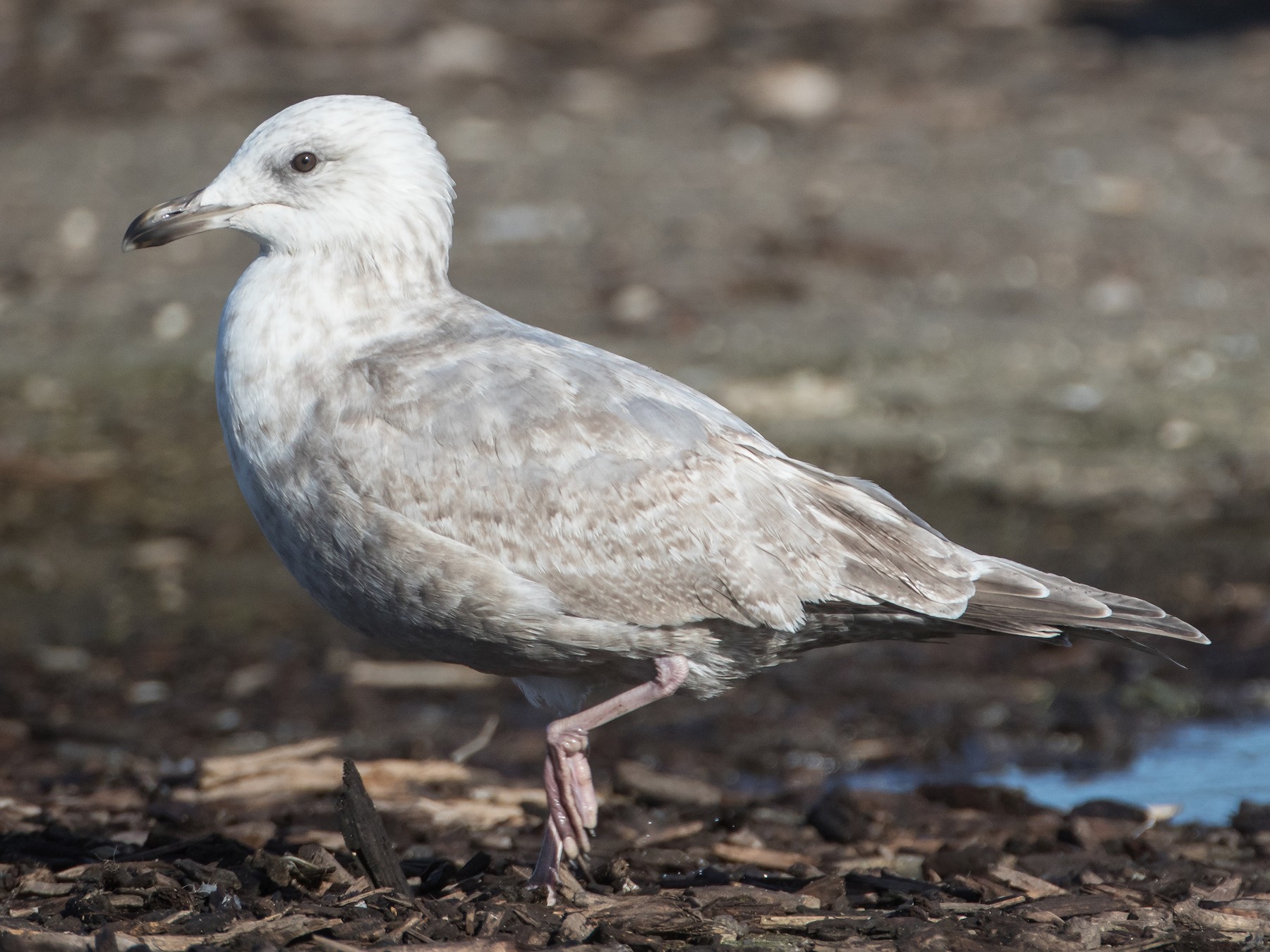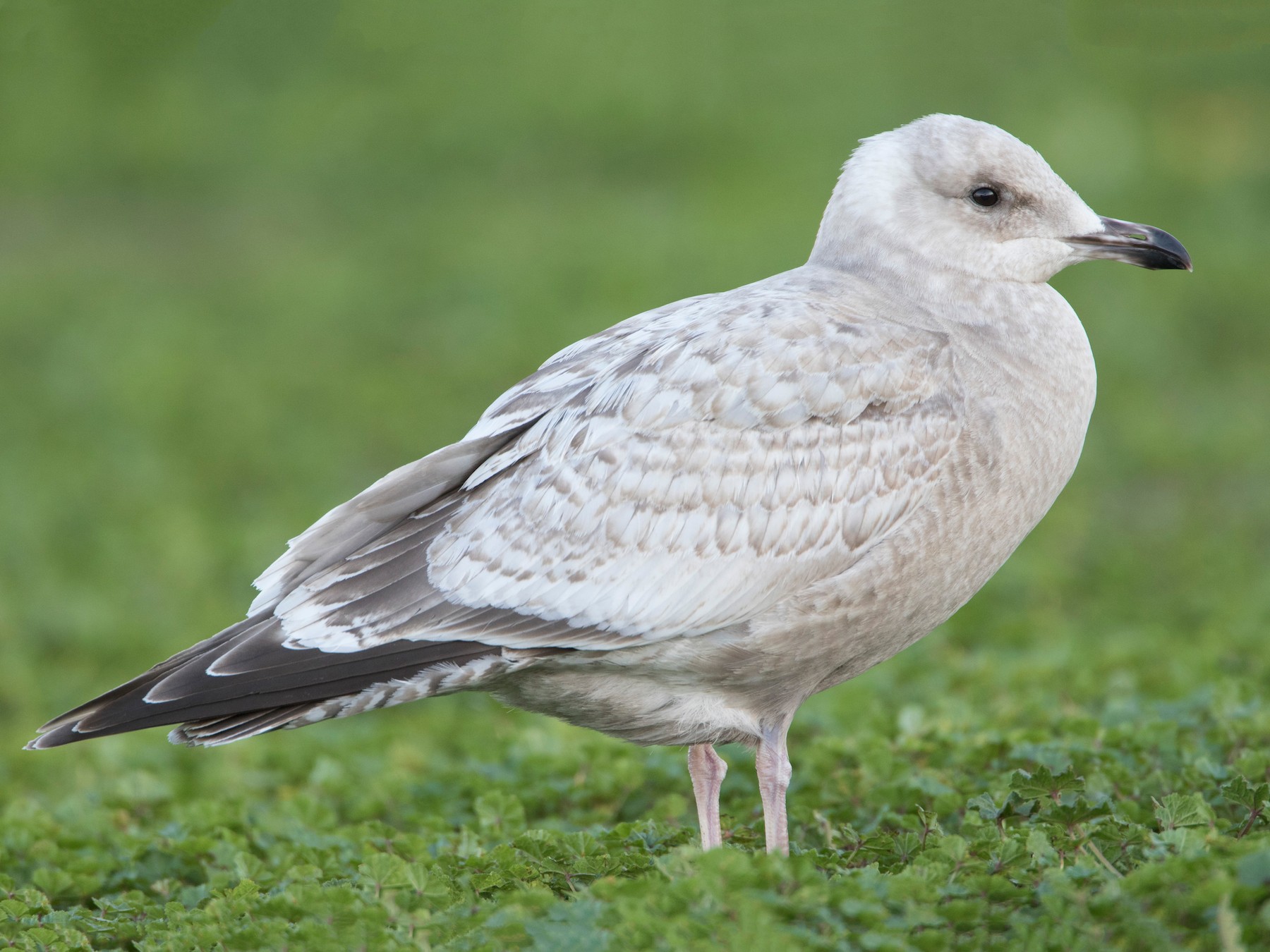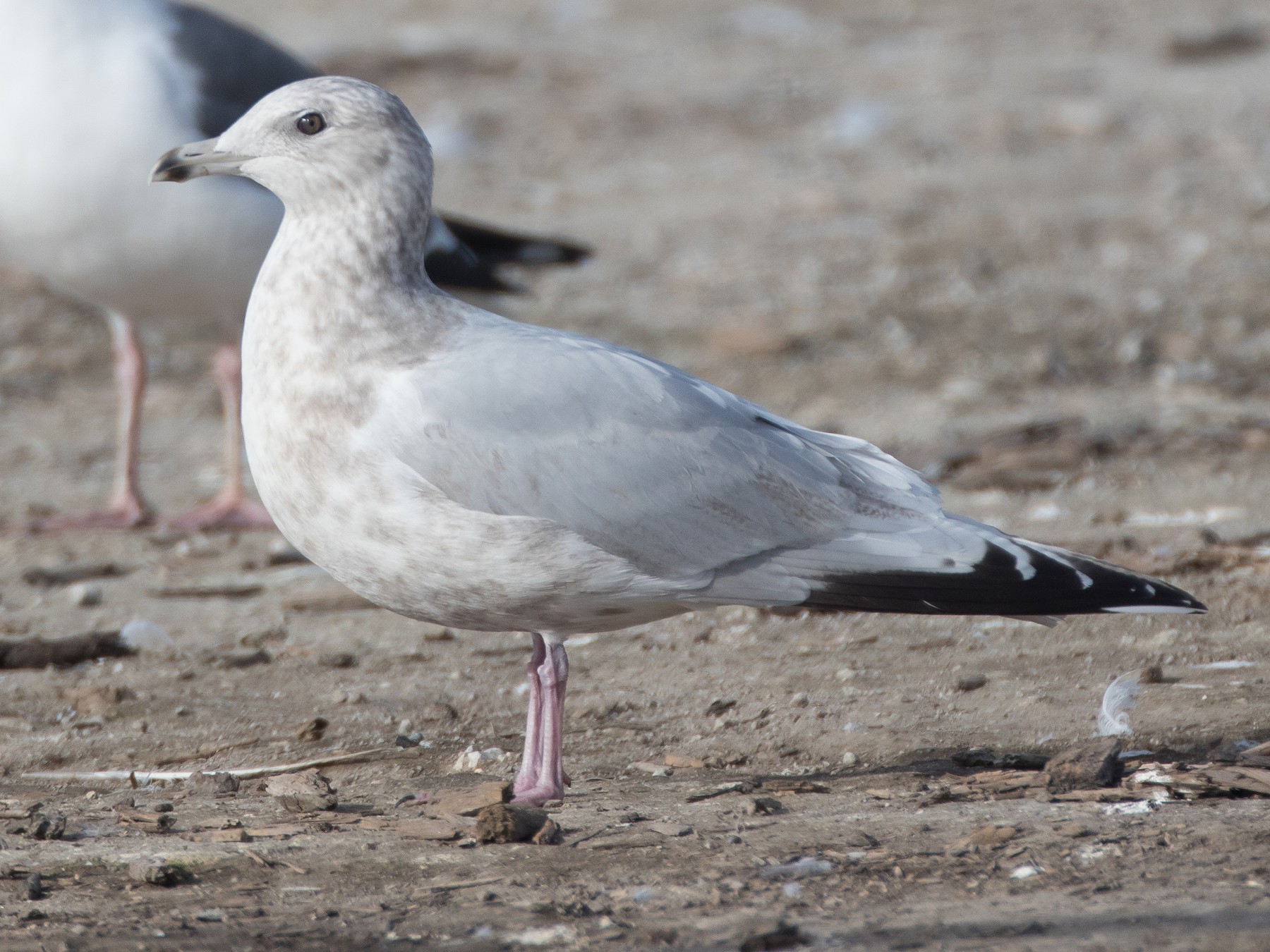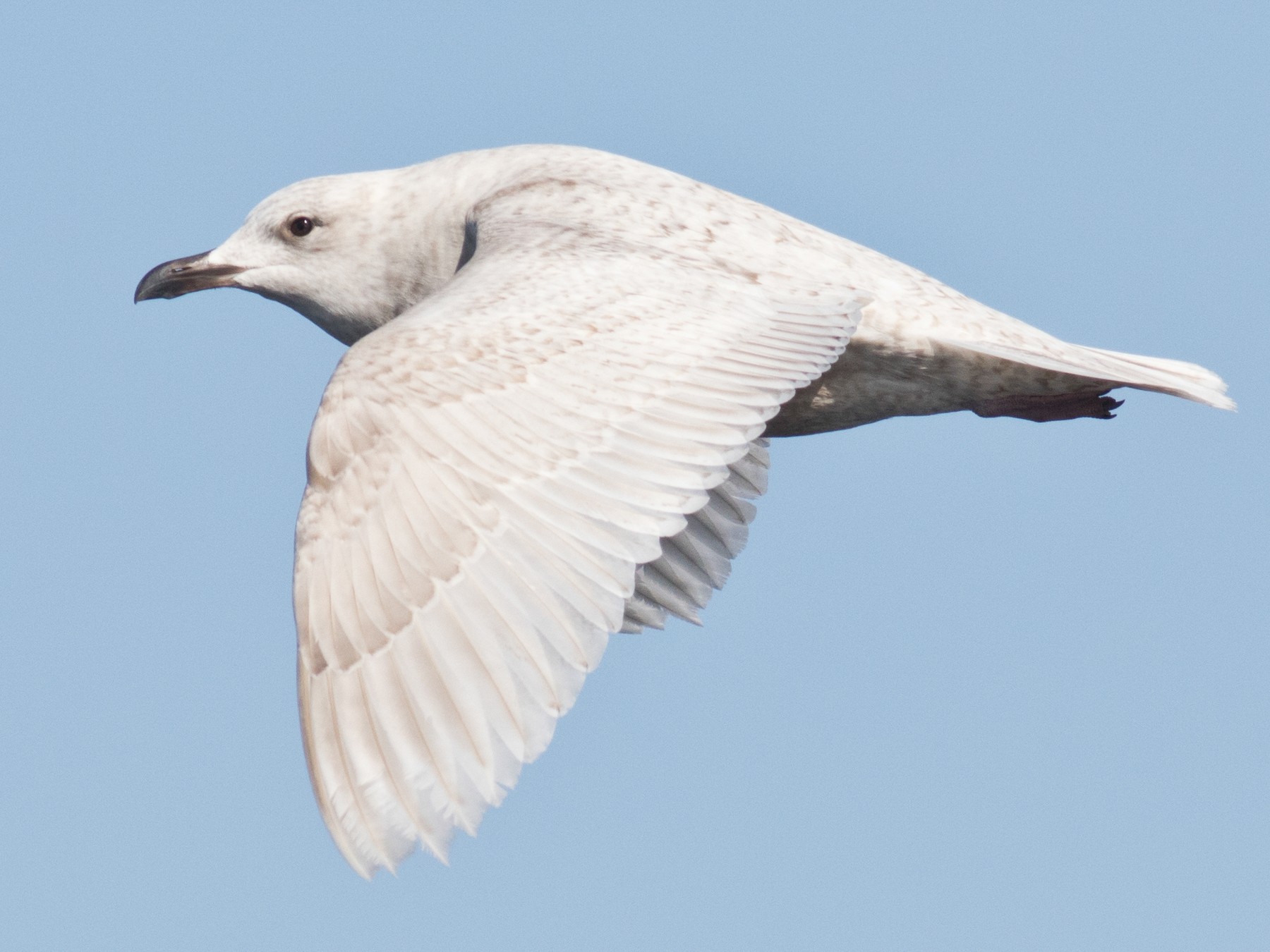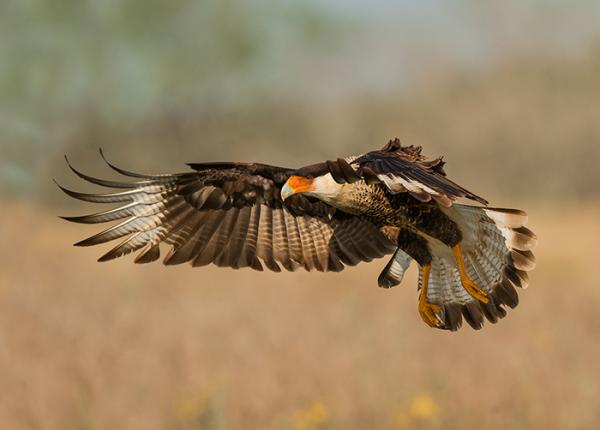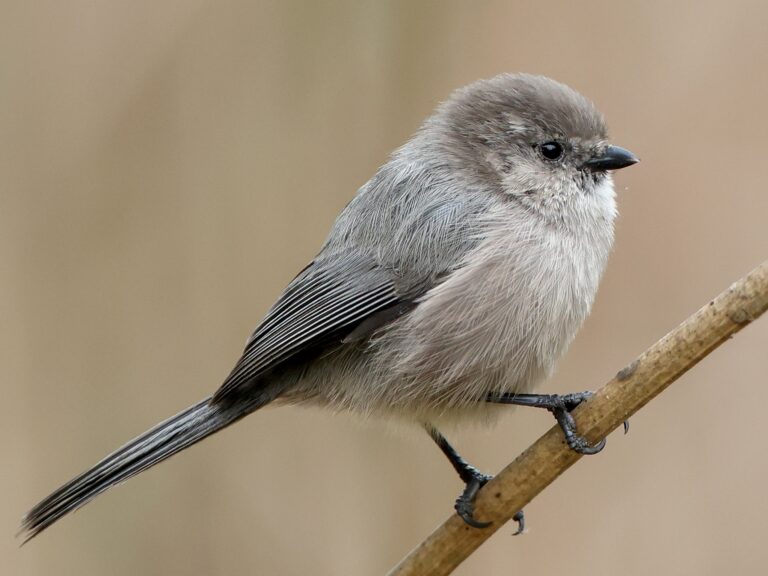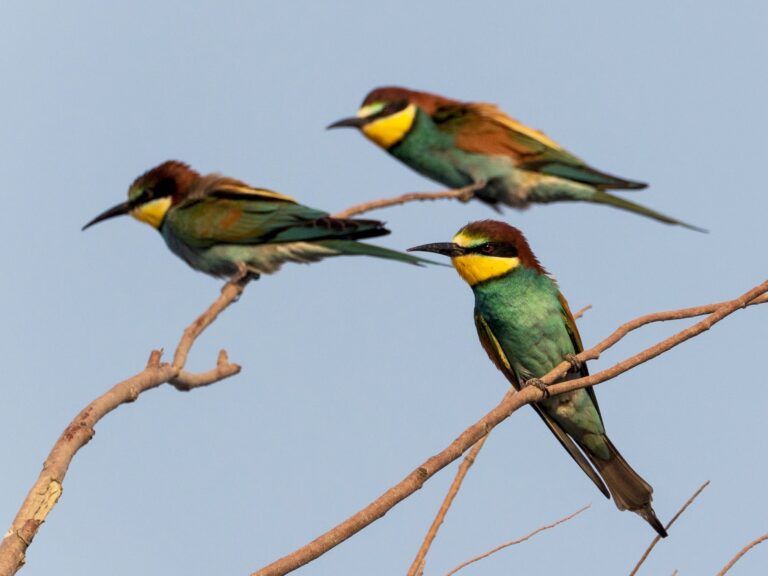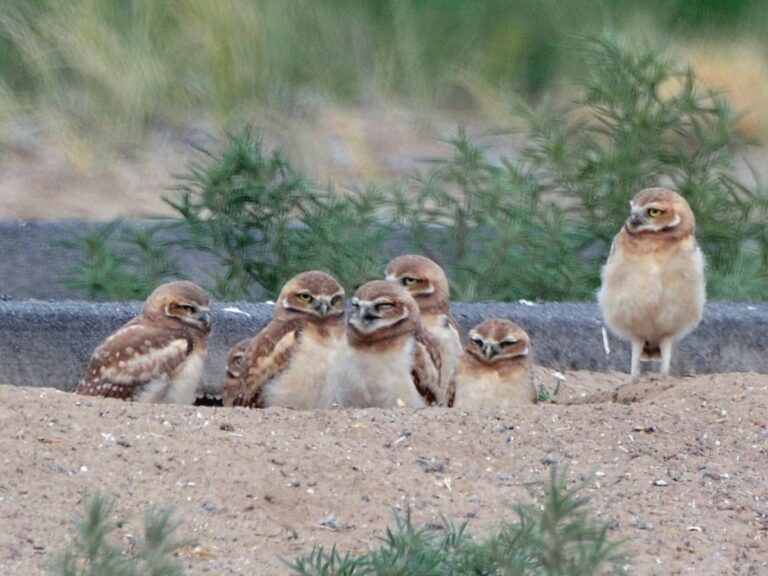Iceland Gull: The Majestic Sea Bird of the Arctic Skies
The Iceland Gull grabs the attention of birdwatchers and nature lovers almost instantly. Known as Larus glaucoides, this bird stands out for its unique plumage and its knack for adapting to tough habitats.
Its striking appearance and quirky behavior make it a real highlight for anyone’s birding checklist. You’ll often spot Iceland Gulls in Arctic and sub-Arctic regions, nesting high up on cliffs or even on ice.
That white plumage? It really pops compared to other gulls. Folks who want to understand their habits often end up comparing them to similar species, which, honestly, just adds to the fun.
Birders love to debate the Iceland Gull’s classification and ecology. There’s always something new to discover about these birds if you’re willing to look closer.
Key Takeaways
- Iceland Gulls belong to the Larus genus and are famous for their bright white feathers.
- They thrive in some of the coldest places on Earth, nesting on cliffs and ice.
- Birdwatchers often compare Iceland Gulls to similar species to figure out what makes them unique.
Taxonomy and Classification
The taxonomy and classification of the Iceland Gull is, well, a bit of a rabbit hole. Ornithologists keep debating its place among gulls, and the names and subspecies can get confusing fast.
Scientific Naming and Synonyms
Scientists call the Iceland Gull Larus glaucoides. The name comes from Latin, hinting at its similarity to the glaucous gull. Over the years, people have used other names too, like Larus thayeri and Larus kumlieni.
Thayer’s Gull (Larus thayeri) pops up a lot in these conversations, since folks once thought it was a totally separate species. As researchers learned more about gull genetics and behavior, the naming has shifted around quite a bit.
Subspecies and Related Gulls
The Iceland Gull has two recognized subspecies: Larus glaucoides glaucoides breeds in Greenland and eastern Canada, while Larus glaucoides kumlieni hangs out in western Canada and parts of the northern U.S. It’s also related to the Glaucous Gull (Larus hyperboreus) and Herring Gull (Larus argentatus).
Where their ranges overlap, things get messy. Hybridization with gulls like Thayer’s or Herring Gulls can make identification a real headache, since the offspring may not fit neatly into any category.
Taxonomic Controversies
The main debates focus on whether to split Thayer’s Gull from Iceland Gull as a separate species. Some ornithologists argue for this split based on unique features and breeding habits, while others say they should stay together as one big group.
Genetic studies keep adding fuel to the fire. As more data comes in, especially about hybridization, the taxonomy of these gulls could shift again. Bird classification is rarely simple, is it?
Physical Description and Plumage
The Iceland Gull, or Larus glaucoides, shows off plumage that changes as it ages. Birders and researchers pay close attention to these shifts.
Adult and Immature Plumage
Adult birds look mostly white, with pale gray wings. Their clean, almost ghostly appearance makes them easy to spot if you know what to look for. Dark eyes give them an intense stare.
Young Iceland Gulls are a different story. Their first-year feathers are mottled brown and gray, letting them blend in with rocky coasts. By year two, more white shows up, but you’ll still see some darker spots.
They don’t get that classic adult look until they’re a bit older. The transition is gradual and can trip up even experienced birders.
Variation and Identification
Plumage can vary a lot, even between individuals and from season to season. Eye color shifts too, with younger birds having dark eyes and adults sporting pale yellow ones.
Identifying them isn’t always straightforward. Watch for wing patterns and bill shape. First-winter birds can look a lot like Common Gulls, which causes plenty of confusion. If you want to dig deeper, check out the Icelandic Bird Guide.
All this variability means you really have to pay attention, especially if you’re looking at a mixed flock.
Distribution and Habitat
The Iceland Gull (Larus glaucoides thayeri) mostly sticks to the Arctic, especially during breeding season. Its range gives us clues about where and how it lives.
Breeding Range and Main Locations
They breed way up in the High Arctic, with big groups in Greenland and northeastern Canada. Nests usually sit on rocky cliffs or tundra, close to the sea.
During breeding season, you can find colonies on islands like Newfoundland, where food is plentiful along the coast. The breeding window is short—late May through early July—when the Arctic finally thaws out a bit.
These gulls really know how to handle the cold. They’re tough birds, no doubt about it.
Vagrancy and Rare Sightings
Sometimes, Iceland Gulls wander way outside their usual range. People have spotted them as far south as Louisiana, which is pretty wild when you think about it.
The first Louisiana record of this species shows just how far they can roam. In winter, rare sightings pop up along southern coasts as they search for food.
These unexpected appearances make them even more interesting to birders and researchers.
Behavior and Ecology
Iceland Gulls have some pretty fascinating behaviors that help them survive in tough environments. Their feeding and migration habits are worth a closer look.
Feeding and Foraging Habits
They’re opportunistic eaters, foraging along coasts for fish, marine invertebrates, and whatever scraps they can find from fishing boats. Iceland Gulls have figured out how to make the most of both land and sea.
During breeding season, you’ll see them hanging around other bird colonies, like eiders. Sometimes they steal food from other birds—a behavior called kleptoparasitism. Food availability can shake up their colony dynamics, especially where they overlap with bigger gulls. If you’re curious about their feeding, this study on feeding ecology is a good read.
Migration Patterns
Iceland Gulls migrate long distances. They breed in the Arctic and head south when winter hits hard. Some end up as far as the eastern coast of North America, showing up as vagrants.
Migration depends on food and weather. Tracking their routes helps researchers understand their impact on local ecosystems. Want to know more? Check out this resource on foraging area choice.
Comparison With Similar Species
The Iceland Gull shares its range with other gulls, like the Glaucous and Herring Gulls. Telling them apart can be tricky, but there are some key differences.
Differences From Glaucous Gull
Both belong to the Larus genus, but Glaucous Gulls are bigger and bulkier. Their plumage is usually a solid pale gray or white, while Iceland Gulls often show a bit more variation and darker wingtips.
Glaucous Gulls tend to act more aggressive and often take over feeding spots. They usually stick to the far north in winter, while Iceland Gulls show up in a broader range—sometimes even in Iceland or nearby countries during migration.
Differences From Herring Gull
Herring Gulls are larger, with slate-gray backs and white bellies. Iceland Gulls look paler—almost ghostly white, making them easier to spot if you know what to look for.
Their calls are different too. Herring Gulls sound deeper and more resonant, while Iceland Gulls have a higher, softer call. Herring Gulls nest in busier coastal spots, but Iceland Gulls prefer quieter, more remote places.
Hybridization With Other Gulls
Iceland Gulls sometimes hybridize with Thayer’s or Herring Gulls. The hybrids show a mix of features from both parents, which can make identification a real challenge.
Thayer’s Gull, which some see as its own species, has a darker mantle and more markings on the head. Kumlien’s Gull, a subspecies of Iceland Gull, stands out with subtle differences in size and color. Hybrids often look somewhere in between, which, honestly, keeps birders on their toes.
Spotting these subtle differences takes patience and a good eye, but it’s part of what makes studying Iceland Gulls so rewarding.
Frequently Asked Questions
Iceland Gulls have some pretty distinct traits that set them apart from other gulls. Here are answers to some of the most common questions about their ID, calls, and how they stack up against similar species.
How do you identify an Iceland Gull among other gull species?
Spotting an Iceland Gull? You’ll want to pay attention to its size and feather patterns. These gulls usually fall in the medium-sized range, with wingspans between 51 and 56 inches.
Their feathers look mostly white, but you might notice some gray, especially if you’re looking at a younger bird. It’s not always obvious at first glance, so sometimes you have to squint and double-check.
What are the key distinguishing features of the Iceland Gull’s call?
The Iceland Gull’s call stands out, honestly. It tosses out a mix of high-pitched, sort of nasal sounds.
Compared to other gulls, its voice just feels a bit different—sharper, maybe a little odd. Bird watchers often rely on this to be sure they’re hearing an Iceland Gull and not something else.
Can you explain the differences between an Iceland Gull and a Glaucous Gull?
When you line up an Iceland Gull next to a Glaucous Gull, you’ll notice the Iceland is smaller. Its feathers aren’t as pure white, either.
Glaucous Gulls look heftier, with big heads and thick bills. The contrast is pretty clear if you see them side by side.
What are the identifying characteristics of Kumlien’s Iceland Gull?
Kumlien’s Iceland Gull, which is a subspecies, brings a few quirks to the table. The wing tips are usually darker than what you’d see on other Iceland Gulls.
This difference is even more obvious in younger birds. If you’re lucky enough to spot one, that’s usually the giveaway.
How does the size comparison between an Iceland Gull and a Herring Gull play out?
Iceland Gulls come in smaller than Herring Gulls. Herring Gulls can have wingspans from 50 to 66 inches, which is a fair bit larger.
The Iceland Gull just looks sleeker and more streamlined. If they’re sharing a beach or pier, the size gap is hard to miss.
Where can one commonly find Iceland Gulls, and what does their range map indicate?
Iceland Gulls usually hang out along the coast, especially in winter. You’ll spot them around Iceland and across the North Atlantic.
If you check their range maps, you’ll see they head south when it gets colder. They show up in Canada and parts of the northeastern U.S. during those months.
